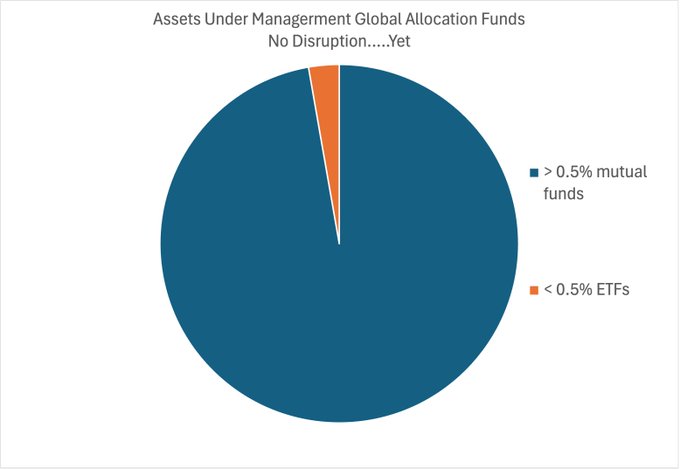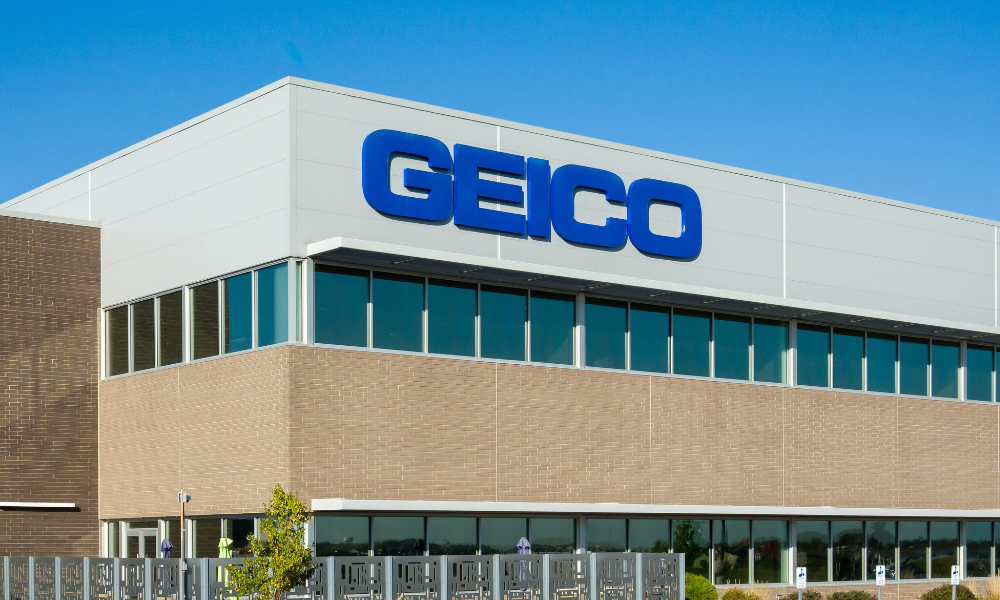Embedded finance solutions are taking the finance industry by storm and offer an opportunity for organisations to change how they service their customers. But the embedded finance concept isn’t immune to misconceptions and myths, many of which remain common to this day.
Rachel Huber is the market intelligence lead at Marqeta, the modern card issuing platform. Here, she explores and debunks some of the most common myths associated with embedded finance.
It’s believed to be widely accepted across the fintech industry that embedded finance is among the driving forces in payment innovation.
According to Bain & Company, the embedded finance market in the US is expected to grow to $51billion across payments, lending, banking, and cards by 2026. McKinsey estimates the space will be worth $40billion in the US in the next three to five years.
These solutions – financial products and services offered by non-financial companies – are enabling businesses to meet the consumer and business demand for convenience.
Concurrently, embedded finance tools help companies find new revenue streams, gain more control over cash management, and enhance customer relationships. In a challenging business environment, embedded finance tools can drive customer loyalty and experience while increasing revenue.
These compelling characteristics, and the many examples of successful implementations, have helped embedded finance to cross the proverbial chasm (credit to the late Gordon Moore). We’ve observed the market moving from the innovators and early adopters to the mainstream market. As Moore described, these pragmatists aren’t into buzzwords or experimentation. They’re into proof.
They also can be influenced by misunderstandings or misrepresentations about embedded finance that might raise doubts. Below, I’ve captured and fact-checked a few of the common myths we hear.
Myth: Embedded finance represents a new way to satisfy customers.
Fact: For many generations, consumers buying goods like appliances and cars have been able to arrange financing and insurance during the sales process. In fact, General Electric established GE Capital in 1932 to help customers conveniently pay for purchases.
Just as GE worked to do nearly a century ago, modern brands are using embedded finance to make the customer journey more seamless by enabling a single brand to control the entire user experience. Embedding financial products in non-financial customer experiences is becoming the norm, but it’s not new.
Myth: Consumers don’t trust non-financial companies to provide financial products and services.
Fact: Embedded finance is invisible, and many consumers don’t realize they are already reaping the benefits. In fact, 76 per cent of US mobile wallet users have made a purchase via a retailer’s embedded mobile app, a prime example of embedded finance.
Yet when asked if they’d consider getting financial services from a non-financial provider, only 59 per cent of US mobile wallet user respondents say they are open to it. This is a great illustration of the old saying ‘Out of sight, out of mind’. When you provide a contextual, seamless experience, consumers may not even be aware it’s happened or what counts as embedded finance.
Myth: Embedded finance is only accessible to enterprise companies.
Fact: While Boston Consulting Group’s research found high demand from SMBs for embedded finance, we recommend focusing on the value that can be created rather than the size of the company. If an organization has a strong bond with its customers or user communities, chances are good that an embedded finance solution can add great value.
That has been the case for big companies, like Apple and Amazon, and for emerging companies like Vivian and Extend that have implemented embedded finance strategies to build loyalty among their customers and set themselves apart from the competition.
Myth: Embedded finance is not an urgent need in this uncertain economy.
Fact: Consumers aren’t waiting to establish new preferences and behaviours, so companies that delay risk falling behind, or worse. Businesses need to do more than ever to attract and retain buyers. If the customer experience is disjointed, fragmented, or cumbersome, consumers will move on.
For instance, Marqeta’s 2023 State of Payments Report found that 42 per cent of respondents have abandoned checkout because it required them to download a new app or payment method. While embedded finance can unlock new sources of revenue, the most compelling benefit is its ability to streamline and simplify financial processes, which makes it possible to capture customer loyalty, habit, reward, and convenience.
Embedded finance has matured far beyond being a buzzword that can be ignored or dismissed. As we approach the middle of the 2020s, embedded finance is a business imperative. We’ve seen strong growth in e-commerce, food and delivery models, as well as mobility providers. We’ve also seen embedded finance touch gaming, construction, shipping, sports, and transportation – with many more industries likely to see financial services innovation in the future.
Ultimately, what all these embedded finance tools across all these industries have in common is they are unlocking a delightful experience for consumers that traditional financial institutions simply have not delivered consistently.





































